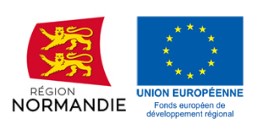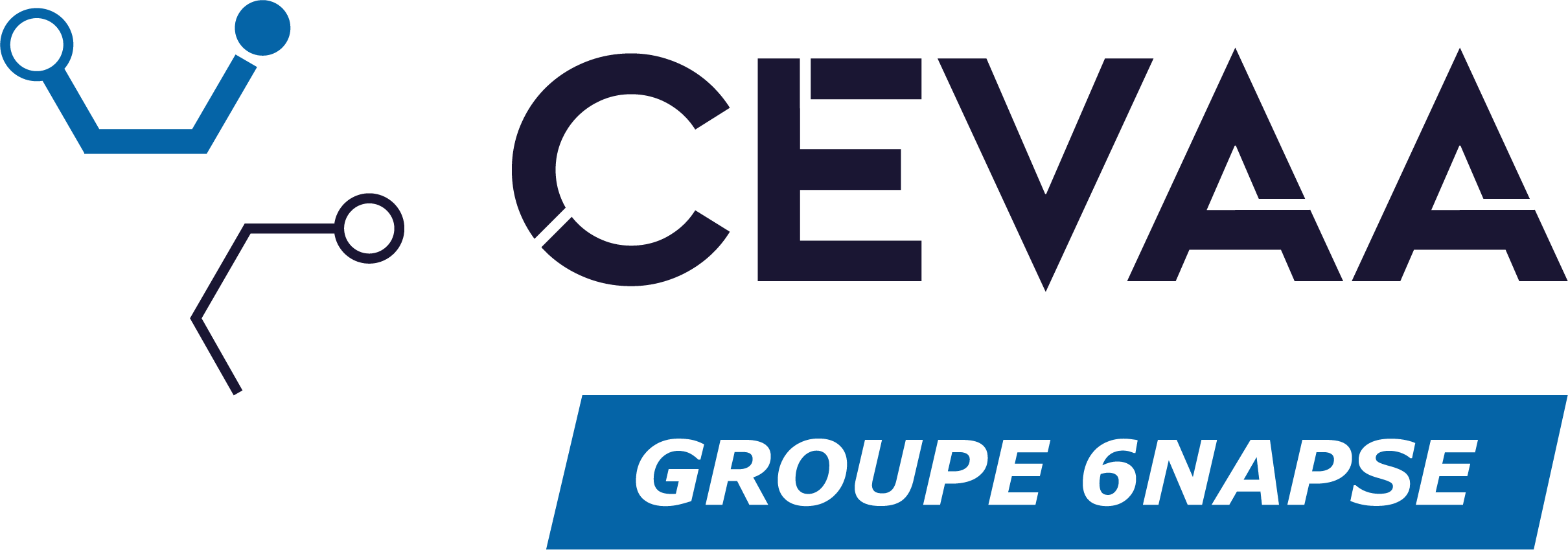IASTELEC: support for the development of electrified systems by AI

CEVAA creates IASTELEC to develop and validate methods for constructing multiphysics models of electrified systems. The platform uses artificial intelligence (AI).

With the support of Normandy Region and European Union
This project is co-financed by the Normandy Region and the FEDER.
Thank them for their trust and their support.
New mobility = new acoustic issues
In 2022, we must reinvent the mobility of tomorrow, in particular the decarbonization of means of transport. All transport sectors are concerned: automotive (electrification), aeronautics (biofuels), rail (limitation of road transport), river or maritime (NGV, bioNGV), transport by drone (limitation of road transport). In the automotive world, the main change is the transition from thermal engines to electric motors. While the thermal engine was one of the main sources of noise and generally masked secondary sources, the use of an electric motor raises new problems.
While vibro-acoustic comfort has always been a major concern in the world of transport, the evolution towards the use of new energies generates new challenges in EMC both on technical and societal levels. Indeed, regulatory developments are being implemented to protect people, resources and the environment.
In addition, we observe that the electrification of vehicles generates couplings between two physics, namely: vibro-acoustics and EMC. It is then necessary to carry out the study jointly, because an electromagnetic modification of a system can lead to a change in its vibro-acoustic behavior and vice versa. To carry out these studies in an optimized workflow, engineers need to have multiphysics simulation models (structure/CEM/fluid mechanics).
It should be noted that centers exist to deal with the vibro-acoustic issues of major automobile manufacturers. On the other hand, there is currently no solution adapted to small manufacturers and new mobility entrants (autonomous shuttle, VAE, electric scooter & motorcycle, drones, etc.).
IASTELEC
The technical objectives of the IASTELEC platform are to develop and validate methods for constructing multiphysics models of electrified systems. The preferred approach is to use innovative methods that do not require the use of highly complex and large finite element/finite volume models. In fact, small manufacturers and new mobility entrants do not always have access to this type of data.
Thus, the platform relies both on experimental and numerical data learning techniques and on mixed calculation/test methods developed and used by CEVAA for several years. The combination will be entrusted to artificial intelligence with the aim of accelerating the model validation process and allowing engineers to focus their activities on data analysis and possible design or product architecture corrections.
The IASTELEC platform is supported by the CEVAA of the 6NAPSE Group. CEVAA has many assets to provide this solution within a regional platform: more than 20 years of experience in the vibro-acoustics of means of transport, expertise in measurement and simulation, expertise in acoustics and vibration of the e-Powertrain, a multidisciplinary team, already established partnerships (IRSEEM, APA, 6NAPSE) that the platform will strengthen.
It will be fully part of the ecosystem of the Normandy Region.
Innovation: AI as the keystone of multiphysics models
The main innovative character of IASTELEC lies in the development of an automated AI approach for the construction of multiphysics models (mechanical, thermal, vibration, acoustic, electrical, CEM), combined with mixed calculation/test methods.
Innovation also lies in the characterization and modeling of new materials used in the design and manufacturing of electrified systems. Finally, IASTELEC uses virtual testing methods necessary for the development and validation of new mobility products.

